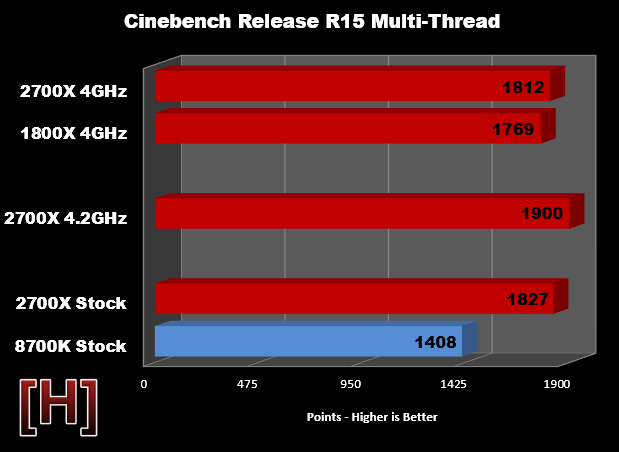Xuper
n00b
- Joined
- Apr 7, 2018
- Messages
- 23
power consumption is based on quality of the silicon .according to Stilt , He thinks various Power consumption's Ryzen 2700X on all review is due to "SIDD (static leakage) mostly"
https://forums.anandtech.com/threads/ryzen-strictly-technical.2500572/page-73#post-39393777
on other hand New node is not completely matured.Hopefully a couple months later , New Ryzen 2700x with better quality silicon launch.
https://forums.anandtech.com/threads/ryzen-strictly-technical.2500572/page-73#post-39393777
on other hand New node is not completely matured.Hopefully a couple months later , New Ryzen 2700x with better quality silicon launch.
![[H]ard|Forum](/styles/hardforum/xenforo/logo_dark.png)


